Introduction
Welcome to our detailed resource on "New Zealand Detailed Open Resources, Planning and Guidance – Natural Edition 33.264". In this extensive guide, we aim to offer comprehensive information about New Zealand's natural landscape, planning policies, and the tools available to leverage its natural resources effectively.
Natural Landscape
Geography: New Zealand's diverse geography ranges from steep mountain ranges, such as the Southern Alps, to expansive green plains and fertile farmlands. The country is known for its stunning beaches, volcanic plateaus, and glacier-carved fiords.
Ecosystems: New Zealand possesses a rich biodiversity and is home to various ecosystems including rainforests, alpine meadows, wetlands, and marine environments. The country has been successful in preserving its unique flora and fauna, with many species currently invested in conservation efforts.
Planning Policies
Urban Planning: Urban design and planning are guided by the principles of sustainability and social equity. The Resource Management Act (1991) forms the backbone of New Zealand's planning framework, providing a basis for local government to manage resource use and urban development effectively.
Rural Planning: The Ministry for Primary Industries oversees rural planning, which includes agricultural land management, water resource allocation, and the sustainable use of biodiversity.
Resource Management
Water Resources: New Zealand's water resources are managed under the National Policy Statement for Freshwater Management (NPSFM). The guidelines ensure the efficient use of water while maintaining ecological integrity and supporting social and economic needs.
Energy Resources: The country is recognized for its commitment to renewable energy sources such as hydroelectric, wind, and geothermal power. Policies such as the Renewable Energy Strategy guide the transition towards low-carbon energy solutions.
Transportation and Infrastructure
Road Networks: New Zealand has a well-developed road network that accommodates both domestic travel and tourism. State Highways are managed by the New Zealand Transport Agency, which oversees the construction and maintenance of major roads and highways.
Public Transport: Cities like Auckland and Wellington rely on extensive public transport systems, including buses, trains, and ferries. The government encourages public transport use to combat congestion and promote sustainable transport practices.
Environmental Regulations
Waste Management: The government严格执行 the Resource Recovery (Waste Minimisation and Management) Act 2010, which aims to minimize waste and promote recycling. Local councils manage waste collection and disposal services in line with these standards.
Pest Control: As part of conservation efforts, the Department of Conservation distributes resources on pest control and invasive species removal, ensuring that New Zealand’s ecosystems remain secure.
Agricultural Planning
Land Use: Agricultural land is subject to the Farm Management Practices Code, providing guidelines on farming practices to protect and enhance the natural environment.
Sustainable Practices: The use of sustainable agricultural practices is supported through the Sustainable Farming Fund, which offers financial support to farmers who incorporate sustainable technologies and management practices on their land.
Tourism and Conservation
Tourism Development: The New Zealand tourism industry operates within the context of sustainability, focusing on responsible tourism and minimizing environmental impact. The DOC (Department of Conservation) plays a critical role in managing and preserving natural landscapes for ecotourism activities.
Conservation Strategies: National and regional parks are governed through protected area management plans that balance the need for conservation with public access and enjoyment of the natural environment.
Education and Information Access
Public Workshops and Seminars: Regular public information sessions and workshops are held to educate the public on resource management, environmental considerations, and planning guidelines.
Online Platforms: A variety of online platforms host detailed resources, including the New Zealand Government’s official website, where citizens can access policies, guidelines, and best practices for managing resources.
Conclusion
The "New Zealand Detailed Open Resources, Planning and Guidance – Natural Edition 33.264" is a testament to the country's commitment to sustainable practices and the responsible use of natural resources. With detailed planning and robust regulations in place, New Zealand remains at the forefront of environmental stewardship and offers a blueprint for other countries to follow.
As New Zealand continues to evolve and adapt to the challenges of the modern world, its approach to resource management and environmental planning provides a critical insight into achieving sustainable development and preserving its wondrous natural resources for future generations.

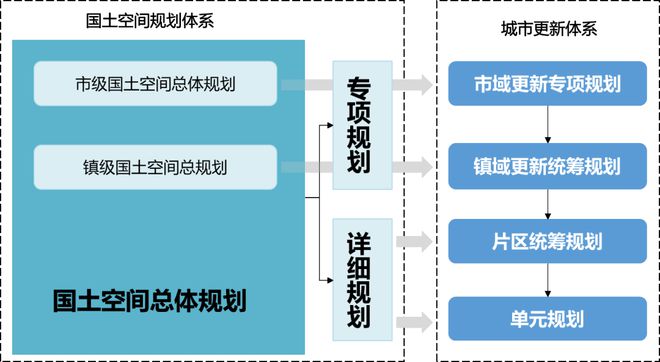
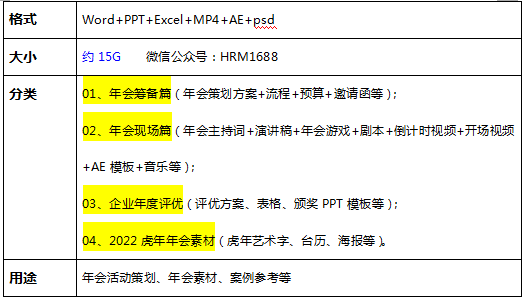
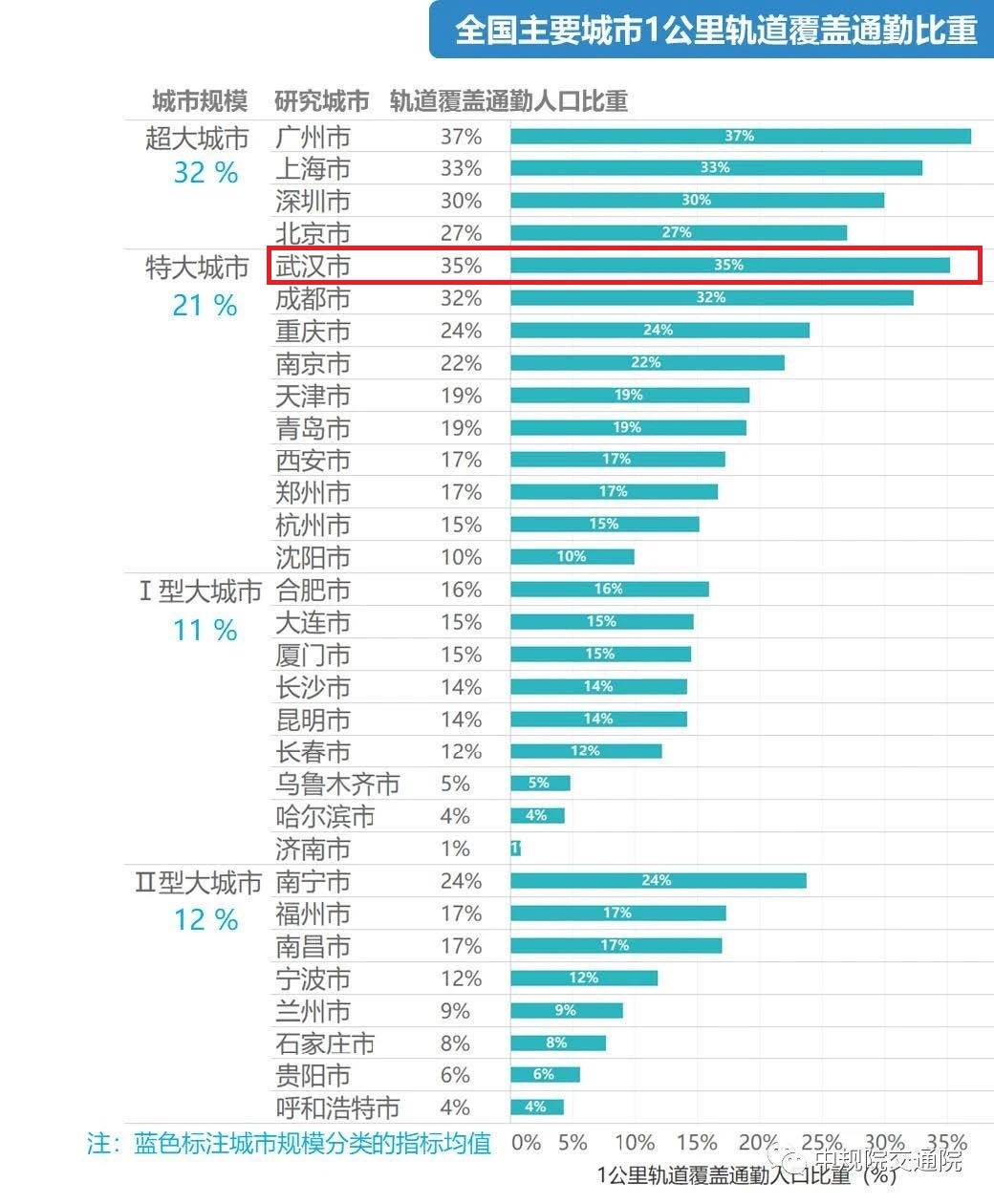



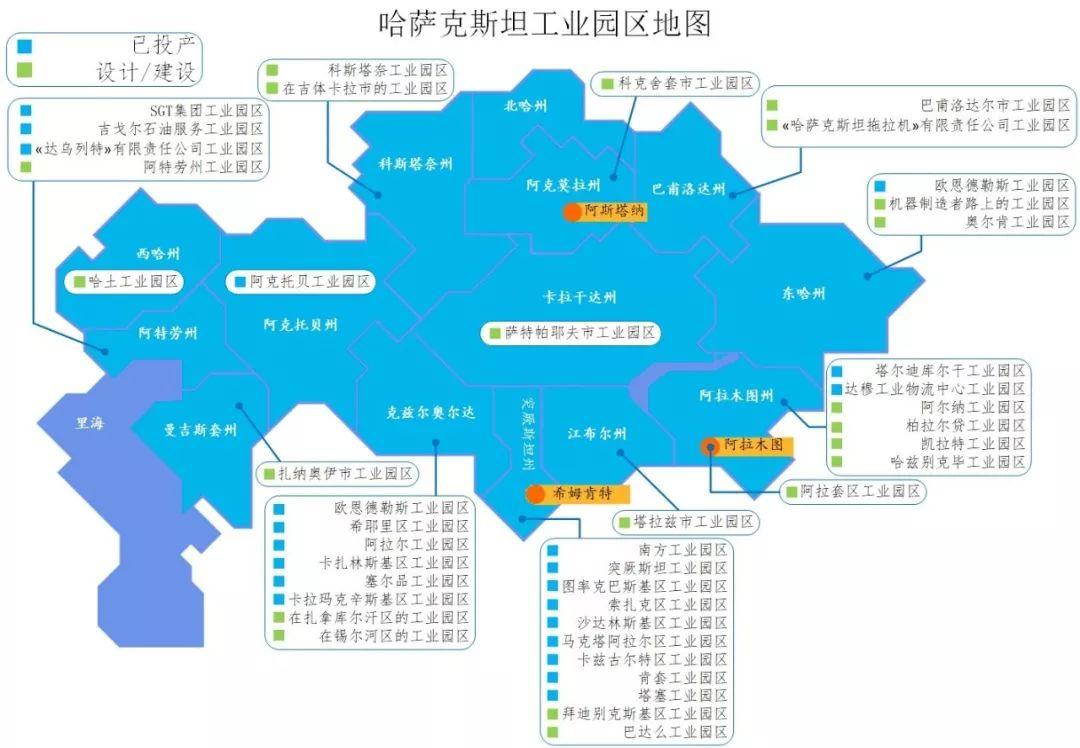



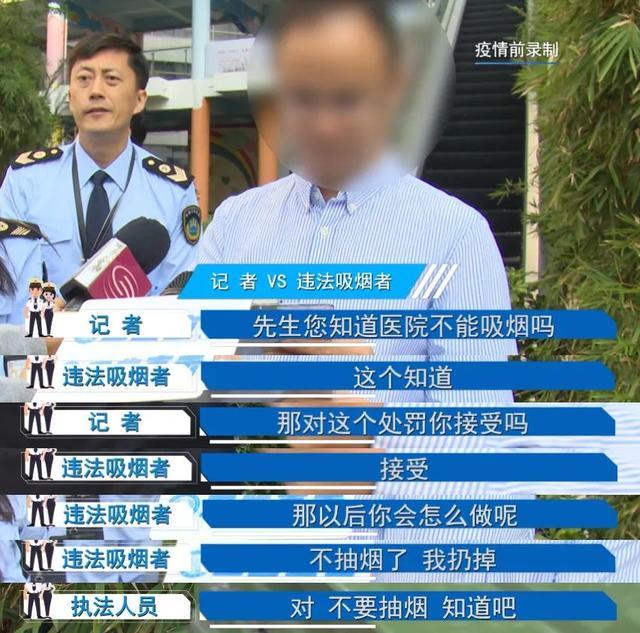
还没有评论,来说两句吧...